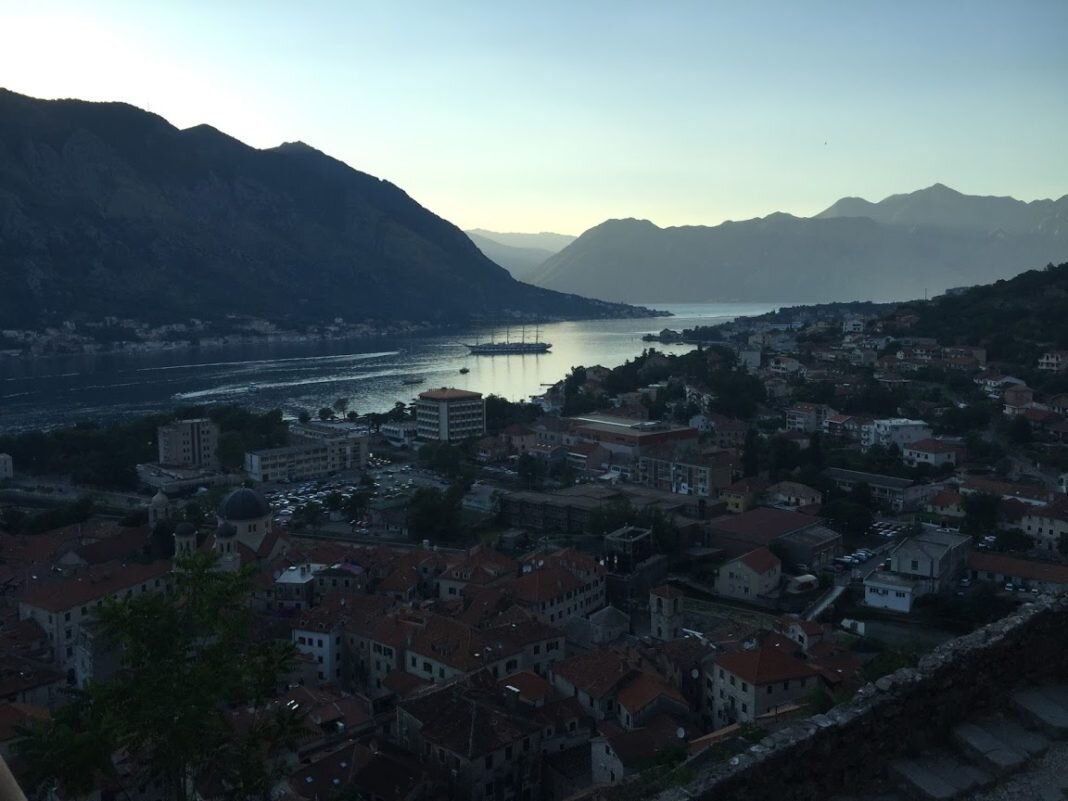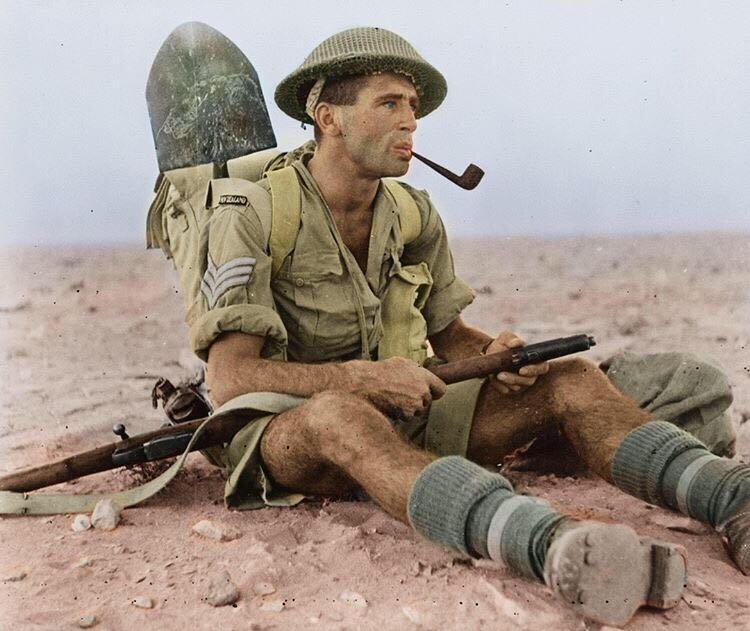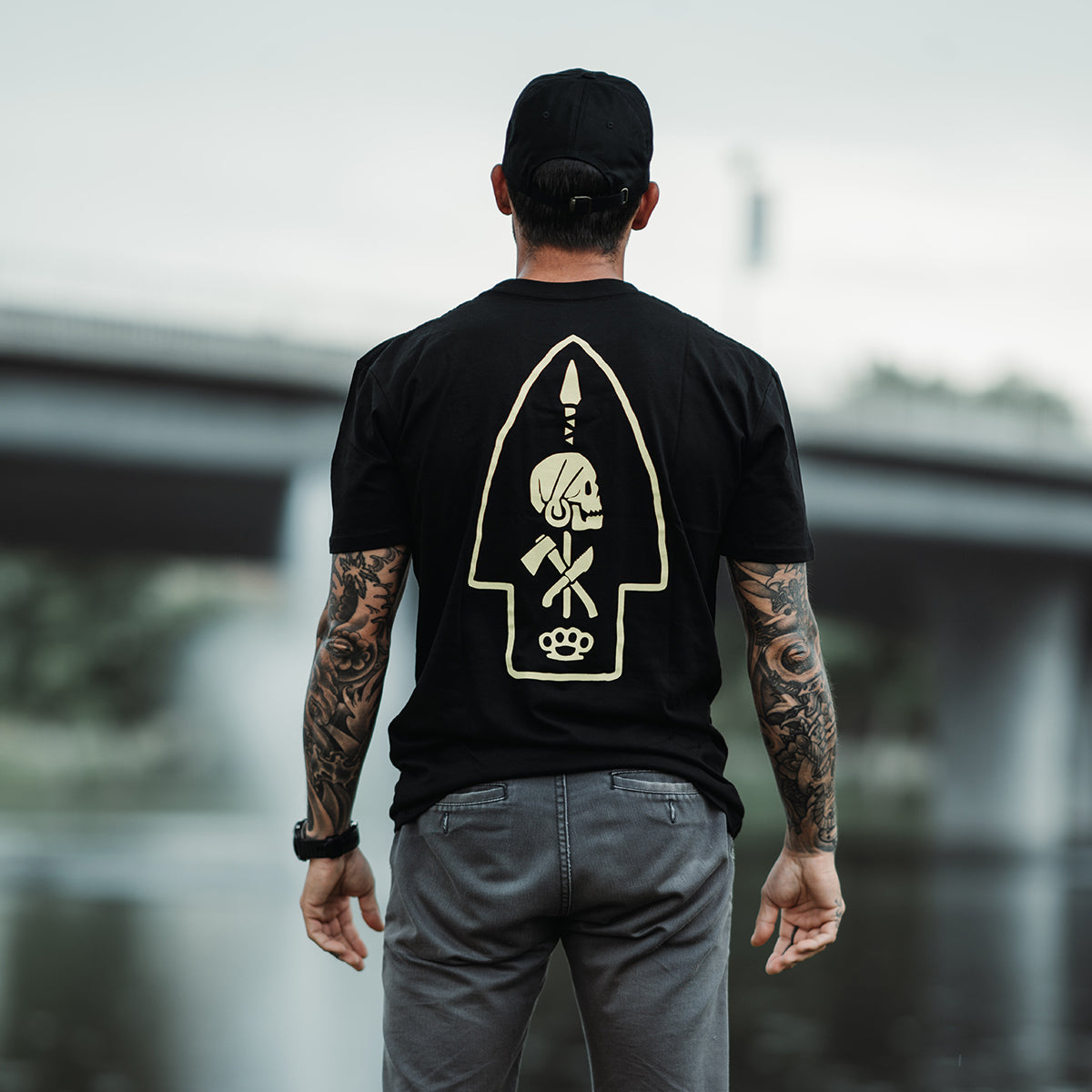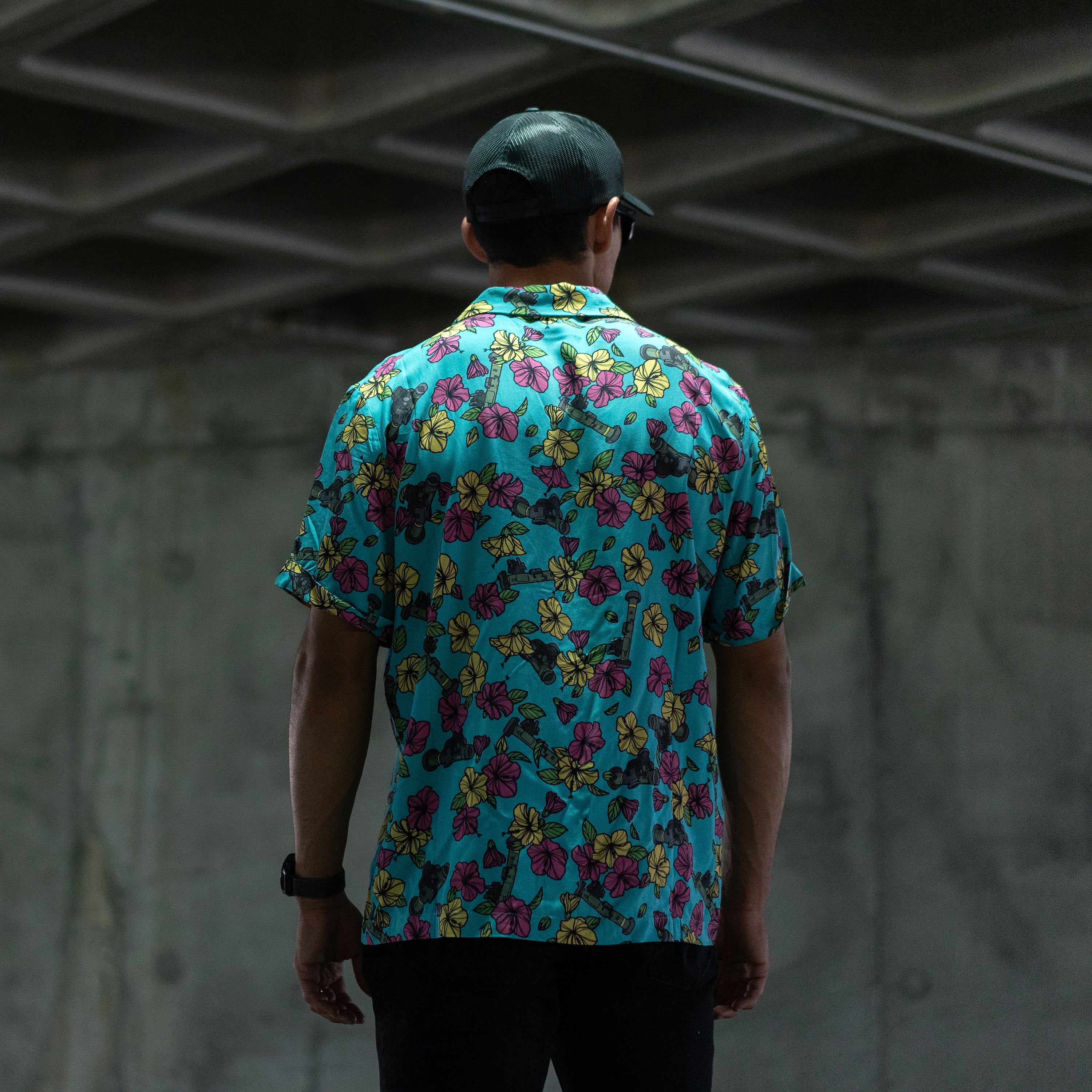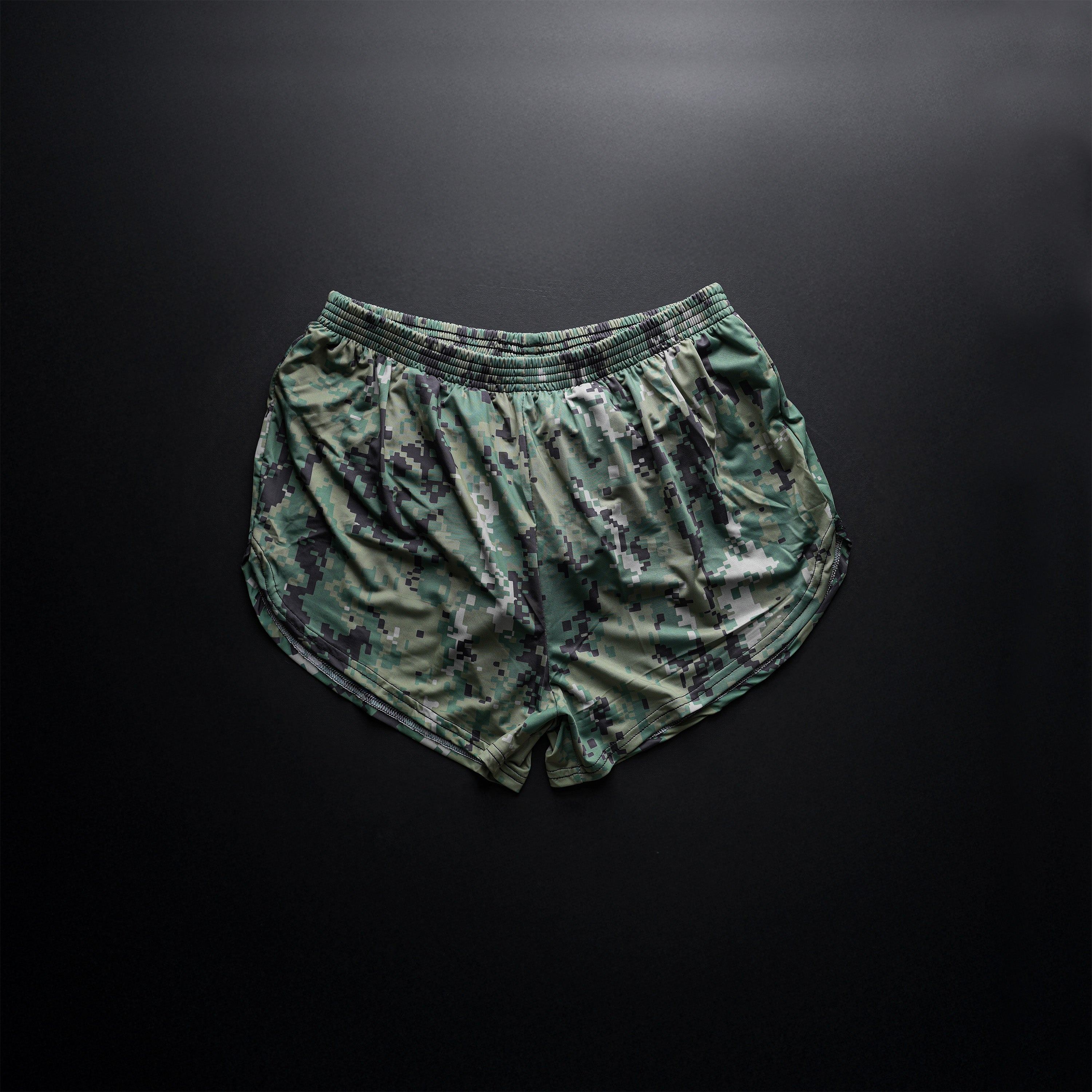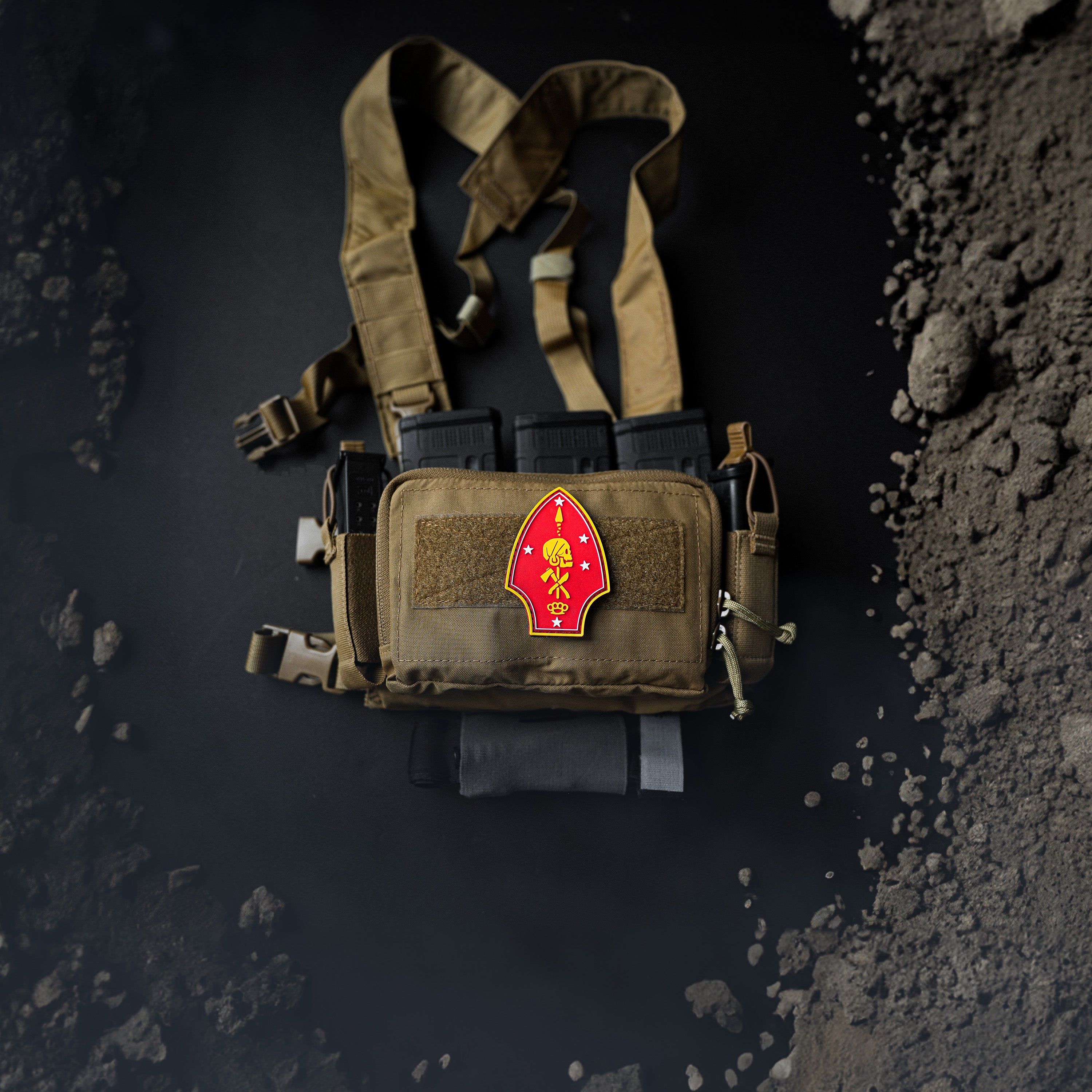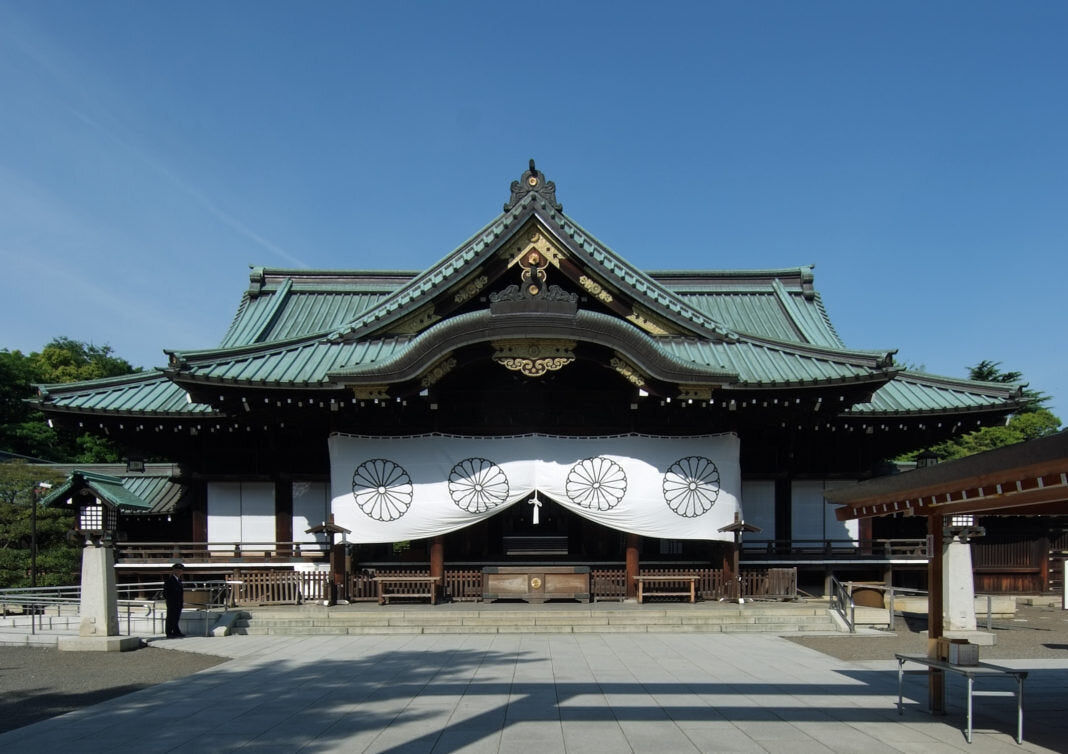
Offerings to the Enemy
I am standing before the Offering Hall of the Yasukuni Shrine. Despite the aesthetic beauty and calm, reverential atmosphere of the Shrine’s environs, any sense of peace or tranquility is difficult for me to achieve. This disquietude is, in part, due to the fact that I am a foreigner in a very sacred Japanese place, among a people who given their druthers, seem to prefer isolation and homogeneity. But even more so, my unease is over a complex question: if, or when, or how, should one pay respects to a historical foe.
Given the purpose and history of Yasukuni is itself clouded in wide-ranging ethical debates among historical and war scholars, there are many unanswered questions about my personal trek here. Questions that seek answers. Answers, which as I stand before the shaded beauty of the Offering Hall’s structure, elude me.
The Yasukuni Shrine is where all the spirits of the Japanese war dead come upon their demise, and for all eternity will call their home. It is the place where their living descendants and respectful countrymen come every day to honor their sacrifices and wish eternal peace upon their souls.
The Shrine is an island of spiritual and mystical solitude in the heart of a very modern and metropolitan city. And even for the non-believers or foreigners like myself, there is a somber, palpable emotional energy about the place. If this energy could be read like a poem, its stanzas would tell a story first of tragedy and loss, and then end with an uplifting homecoming and unification.
Hundreds of thousands of spirits are here to receive the living who make their pilgrimage to Yasukuni. Generations of Japanese warriors, whose sweat, blood, and ultimately bones, were scattered across thousands of miles of Empire all rally here at Yasukuni. They are no longer separated on scorched battlefields, nor lost in thick jungles in places with no name. Here, they are together again, unified for all eternity.
I am standing before the Offering Hall of the Yasukuni Shrine. At this moment I long for the hum and hustle of the city that surrounds these hallowed grounds. Tokyo, and its ten million plus residents, has never caused me feelings of doubt and uncertainty. Tokyo has always been nothing but welcoming. It’s never-ending warren of tiny, clean streets, lined with festive lights, colorful signs, and inviting shops endlessly tempt me. There is no hint of the war out there, just the smell of savory foods and steamy soups and noodles. That world is filled with smiles from the bartenders in the sake joints, and cheerful greetings from the cooks in the izakaya restaurants who always bellow out with sincere hospitality when you enter their establishments. Out there, in the city, the war between America and Japan is ancient history. It never happened. But in here, the wounds still feel fresh.
How do the Japanese people among me paying their respects in the Shrine, feel about me, a foreigner, Gai Jin,being here?Is it disrespectful? Is it in poor taste? Are they confused about my intentions here? Do they even care?
I had similar questions as I watched groups of Japanese tourists visiting the Pearl Harbor Memorial back in Oahu. As I watched these groups, I was vigilant, as if I had been appointed protector by the dead whose graves lay below the water. With one eye on the memorial, anotheron their body language, their facial expressions, their tone of conversations, trying to detect any less than respectful intent in their actions. Were they here to revel in the day they carried the battle? Or were they just curious purveyors of history, recognizing the tragic loss of life on all sides as a result of World War II? How would the American war dead feel about Japanese showing up today, returning to where their ancestors wrought such destruction, snapping selfies above the watery iron graves below the calm harbor waters? What of the deceased WWII Veterans from my very own 108th Infantry Regiment, who fought across the Pacific, and through bayonet and bullet and bomb delivered many Japanese warrior spirits to Yasukuni. How would these American war veterans feel about my presence at this place?
I had the good fortune to meet some of these very men back in the 1990s, when they still walked among the living, and they retold many a war story of their island-hopping march towards the Japanese mainland. I remember one veteran who, even after all the years, was still animated with angry emotion when the subject was “the Japs”. His face was contorted with hate as he recounted how the Japanese captured, mutilated, and killed members of his rifle company. The main point of his story, that he repeated over and over again, was unambiguous:
“I couldn’t kill enough of them.”

“When he said goodbye two years ago to Natalie Nickerson, 20, a war worker of Phoenix, Ariz., a big, handsome Navy lieutenant promised her a Jap. Last week Natalie received a human skull, autographed by her lieutenant and 13 friends, and inscribed: "This is a good Jap—a dead one picked up on the New Guinea beach." Natalie, surprised at the gift, named it Tojo. The armed forces [LIFE pointedly noted] disapprove strongly of this sort of thing.” TIME MAGAZINE
…
I am standing before the Offering Hall of the Yasukuni Shrine. How do the spirits of the fallen Ni Hon Jin react to my presence in their sacred home? Are the gusts swirling through the large trees surrounding Yasukuni hints at these emotions? Are these winds hostile signals of rebuke, or are they welcoming cooling breezes on a hot humid Tokyo summer day? Am I still an enemy in their eyes who does not belong? Since most of these souls were harvested by my nation’s military forebears, it is understandable if they feel put off.
My hope is that these warrior souls see me not as a historical adversary, but as a fellow brother in arms who has tried his best to carry forward the proud and principled ethos of Warrior, from the Spartans to the Zulu,the Aztec to the Samurai. Will they see me as a respectful visitor, with his own scars and losses in war?
…
I am standing before the Offering Hall of the Yasukuni Shrine. Hesitating, processing thoughts, tripping over guilt, justifications, and counter justifications about what it all means for me to be here, and to pay respect to the men on the other side of the trench, behind the rival flag. Am I overthinking all of this? Scores of American service members have returned to Vietnam to meet with, and even befriend their former Vietcong and NVA enemies. President Ronald Reagan visited the Bitburg German war cemetery to lay a wreath in honor of Nazi dead in 1985. And perhaps the most interesting example of opposing sides setting aside their hostilities is the Christmas Truce during WWI, where sectors of the British and German trenches literally hit pause on the war and partied for a short stint. Are these examples of behavior wrong? Are they treason? Betrayal? Bad taste? Or are they a deep-seated recognition that the warrior shares some bonds that under the right circumstances, rise above nationalism and tribal divisions.

Long before my visit to Yasukuni, I pondered this same question during my time serving in Afghanistan, leading an Afghan National Army (ANA) rifle company as an embedded trainer. While today, I do not count myself among those who desire to return to my battlespace and rub shoulders with any of my former opponents, I do recall a moment when I reflected on this question of commonalities and connections with Taliban warriors on the other side.
It was in Southern Ghazni Province, just a hundred meters off of Ring Road, when I stood over the dead body of a recently dispatched Taliban soldier. He was laying on his back in hard-baked mud, his lifeless face pointing towards the sky. He wore loose clothing stained an earthy brown by his soldiering lifestyle. He had been shot in the lower leg while he attempted to flee from our gunfire and stumbled towards the cover of some rocks. Before he could reach safe haven, a second bullet found its mark, and hit him in square in the side of his head. He was dead before he hit the ground.
Even though his wound had violently changed the physical appearance of his face, he retained enough of an expression of determination, and panic, and pain, that his humanity was still very much intact and sympathy inducing.
Only moments earlier he had been my mortal enemy. Very much living the warrior life like me. Very much sweating like me. Very much following orders like me. Very much missing his family like me. Very much dedicated to his fellow combatants like me. Very much willing to sacrifice all for victory like me. It hit me that this man, whose name I will never know, whose religion I reject, whose cultural values frankly repulse me, was in the end, very much like me… a warrior.
It was an uncomfortable recognition that even though we were enemies, and even though I had zero remorse or guilt for contributing to his demise, in the end I had a commonality with him that made us alike.
Which is how I felt now, a sense of commonality with the enemy dead, standing before the Offering Hall of the Yasukuni Shrine.
…
I am standing before the Offering Hall of the Yasukuni Shrine. It is our turn in line. My wife, who is Japanese, takes my hand, and walks me towards the altar. Her father’s two oldest brothers are here at Yasukini. Two young men sent off to invade Burma in the service of the Emperor, who physically never came home. She opens her purse, removes two coins, and places one in my hand. We stand at the altar. In silence, and by example, she leads me through the proper Shinto prayer ritual.
Toss the coin into the collection box. Call the spirits. Bow twice. Clap twice. Silent reflection. And finally, as we step back from the altar, a final slow bow as a farewell to the countless souls enshrined here.
The act is over. The debate is over. The offering has been made. What is done, is done. I feel a sense of relief, and frankly, despite my initial apprehensions, I feel good about that momentary connection to the warrior spirits who call this place home.
As we move away from the altar, and leave the environs of Yasukuni, the noise and energy of Tokyo slowly returns. We walk by rows of festive lights, under Tori’I gates, and past the watchful stone eyes of monuments honoring the dead. One statue is of a proud young pilot, the Tokko fighter (Kamikaze). Another honors the women and children who perished as collateral damage during an Allied bombing campaign that decimated Japanese cities and ended with the crescendo of the Atomic Age.


All are mournful reminders of a time when American and Japanese people were divided, and the oceans and lands that separated us were roiled by war. They serve as proof that nations and their people will pass into and out of favor with each other, at times the best of allies, but quick to commit endless atrocities in the name of honor, revenge, and victory.
My hope is that if there is some eternal place where warriors rally upon the end of their mortal campaign on earth, that the eternal ethos and connections and traditions between them are stronger than the political, cultural, racial, and economic schisms that were the root of many of their conflicts. Here is to a place called Valhalla, where we, who stand alone together, may all unite as brothers and sisters, and laugh at all those who had the courage to start wars, but not fight in them.

Written By Ben Tupper
July 22, 2019


